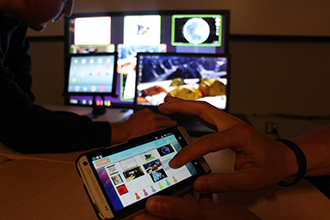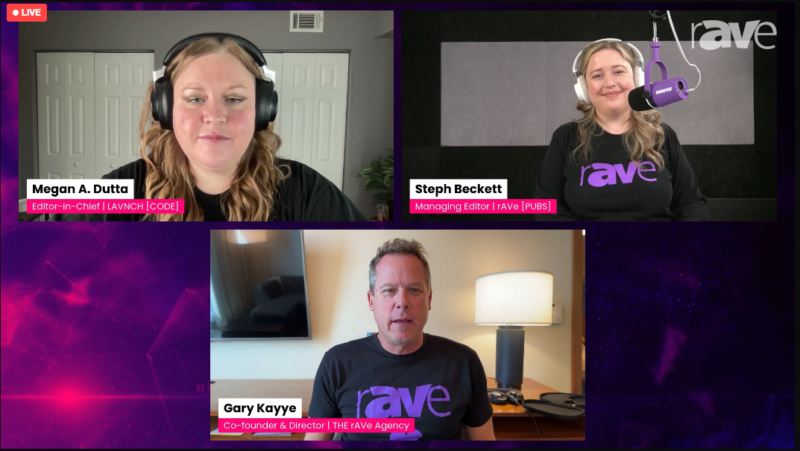Techno-Inversion: What It Means for Companies When Consumer Technology Comes First
 I’m sitting in a midtown hotel lobby in New York surrounded by what I call a technology inversion. What’s that? Well, in general, the evolution of technology follows fairly predictable patterns. Large problems are given attention by large institutions (governments, academic communities, corporate research labs) and their solutions are then productized. These products are then utilized by these same large institutions until, much later, they find applications in small business, the home, and finally, the consumer space.
I’m sitting in a midtown hotel lobby in New York surrounded by what I call a technology inversion. What’s that? Well, in general, the evolution of technology follows fairly predictable patterns. Large problems are given attention by large institutions (governments, academic communities, corporate research labs) and their solutions are then productized. These products are then utilized by these same large institutions until, much later, they find applications in small business, the home, and finally, the consumer space.
This is a familiar story and was how almost all of your technology landscape evolved: Your iPad is the product of ENIAC, an military industrial complex computer developed to better compute artillery trajectories. The same is true for your microwave oven, your toaster, the elevator, your radio and television and, of course, the Internet itself.
However, on rare occasions, a technology inversion occurs, and a fundamentally new capability finds its way into the hands of the consumer well before it has had impact in enterprise business or governments. Technology inversions are an exciting phenomena, and, when they occur, disruption and opportunity follows. It’s not often that large corporations find themselves using technology that is behind what is being deployed in the home, but when it happens, the companies that adapt the fastest create a huge advantage for themselves.
Take the example of Twitter. I’ve met a few individuals whose lucky jobs are to follow technology inversions and prepare their businesses to take advantage. One of these individuals, working at a fortune 50 company in 2007, adopted Twitter as a serious platform for marketing well ahead of the curve — a major coup.
Although technology inversions are occurring more often than in the past, they are still rare and each is very important. The 3D printer is inverting an entire industry related to prototype manufacturing and design.
So what inversion am I sitting in right now? Probably not a surprise to my readers that it’s wireless streaming of media to shared displays. The hotel lobby here has deployed an AppleTV and a group of eager business folks are reviewing a set of documents from a MacBook in an ad hoc meeting. This behavior and other consumer technologies for wireless media (I can watch HD TV anywhere on my home network using my tablet) have vastly outpaced what is available in the corporate conference room or institutional classroom where the single video cable still holds sway.
Inversions like these create disruption because expectations and behaviors are set outside of traditional mechanisms. If I can use my home ultra-HD television set to watch four channels at a time, and I can stream media from a mobile device to a display in a hotel common area — how am I going to sit through a meeting where only one person (the one with the video cable tethered to their laptop) is allowed to share media?
It’s an exciting time for how we share, use and collaborate around various media sources. If you’re an AV design consultant, an architect, or a collaboration specialist, embracing wireless streaming for the enterprise is an area that you’ll want to become familiar with. Just like other moments of technology inversions, there are already companies who have seen it as an opportunity and are looking to adopt. I’m on my way to meet with one of those companies right now who have told me they too see that the era of display-as-collaborative-infrastructure has arrived.





